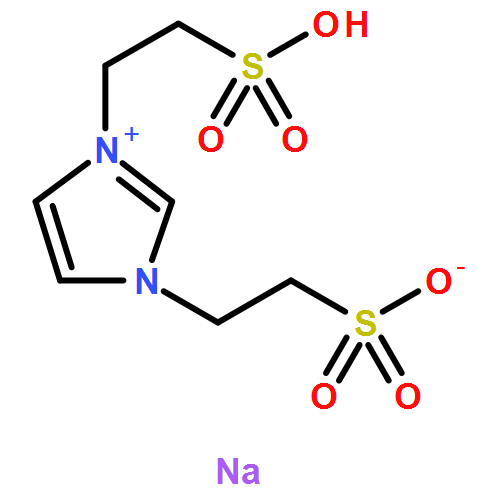Abstract
Two classes of pincer-type PtII complexes containing tridentate N-donor ligands (1–8) or C-deprotonated N^C^N ligands derived from 1,3-di(2-pyridyl)benzene (10–13) and auxiliary N-heterocyclic carbene (NHC) ligand were synthesized. [Pt(trpy)(NHC)]2+ complexes 1–5 display green phosphorescence in CH2Cl2 (Φ: 1.1–5.3 %; τ: 0.3–1.0 μs) at room temperature. Moderate-to-intense emissions are observed for 1–7 in glassy solutions at 77 K and for 1–6 in the solid state. The [Pt(N^C^N)(NHC)]+ complexes 10–13 display strong green phosphorescence with quantum yields up to 65 % in CHCl3. The reactions of 1 with a wide variety of anions were examined in various solvents. The tridentate N-donor ligand of 1 undergoes displacement reaction with CN− in protic solvents. Similar displacement of the N^C^N ligand by CN− has been observed for 10, leading to a luminescence “switch-off” response. The water-soluble 7 containing anthracenyl-functionalized NHC ligand acts as a light “switch-on” sensor for the detection of CN− ion with high selectivity. The in vitro cytotoxicity of the PtII complexes towards HeLa cells has been evaluated. Complex 12 showed high cytotoxicity with IC50 value of 0.46 μM, whereas 1–4 and 6–8 are less cytotoxic. The cellular localization of the strongly luminescent complex 12 traced by using emission microscopy revealed that it mainly localizes in the cytoplasmic structures rather than in the nucleus. This complex can induce mitochondria dysfunction and subsequent cell death.
